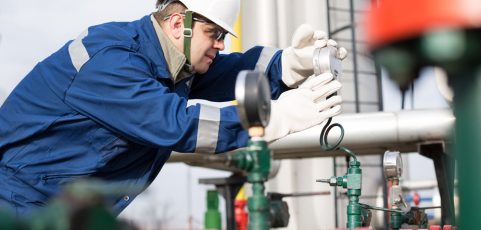From the oil and gas industry to automotive manufacturing, wastewater treatment plants to medical research laboratories, the possibility of a dangerous gas leak is at the top of the list of emergency situations. Because of the high risks associated with gas leaks, such as fires, explosions, or suffocation, companies now make it a top priority to have comprehensive systems of LEL sensors installed in their facilities.
Also known as Lower Explosive Limit detectors, these monitors play a key role in keeping employees and facilities safe from disaster. To learn more about these systems, here are some reasons to consider installing LEL monitors.
Real-Time Data
When a gas leak occurs, time is of the essence. Having the ability to monitor real-time data can make the difference between averting disaster or having a catastrophic event occur. To accomplish this, most LEL gas detectors are connected to centralized controllers, DCS systems or wireless data networks. When connected properly, combustible detectors can provide a warning or alarm signal within 30 seconds of an event. If an even faster response is needed, high performance infrared detectors can often respond within three to five seconds.
Confined Space Hazards
For many employees, much of their workday is spent in what are called confined spaces, where they install or repair equipment. However, these are some of the most hazardous areas of most industrial facilities and require very careful monitoring to ensure gas levels do not reach critical stages. To keep these areas safe, companies not only install LEL gas leak detectors within them, but also provide workers with portable LEL detectors. Employees can clip portable gas detectors to their belts or shirts and monitor gas levels during work.
Pro Tip: A confined space may require a safety permit to be considered usable. Check the criteria to see if yours qualifies.
Reliable Calibration Methods
For any LEL monitor to work effectively, it must be initially calibrated when installed and then re-calibrated every three to six months thereafter. Calibration should always be done using certified reference gas (“Cal gas”) that has not passed its expiration date. In most cases, the gas used should be identical to the expected target gas; for example, use Methane 50% LEL for natural gas detectors for the greatest safety. If you are unsure as to which gas you might expect to see, there are calibration methods that will provide reliable warnings in all cases. Contact GDS Corp for more information on the calibration of LEL combustible gas monitors.
Contact us and learn more about using gas detectors to promote workplace safety.

